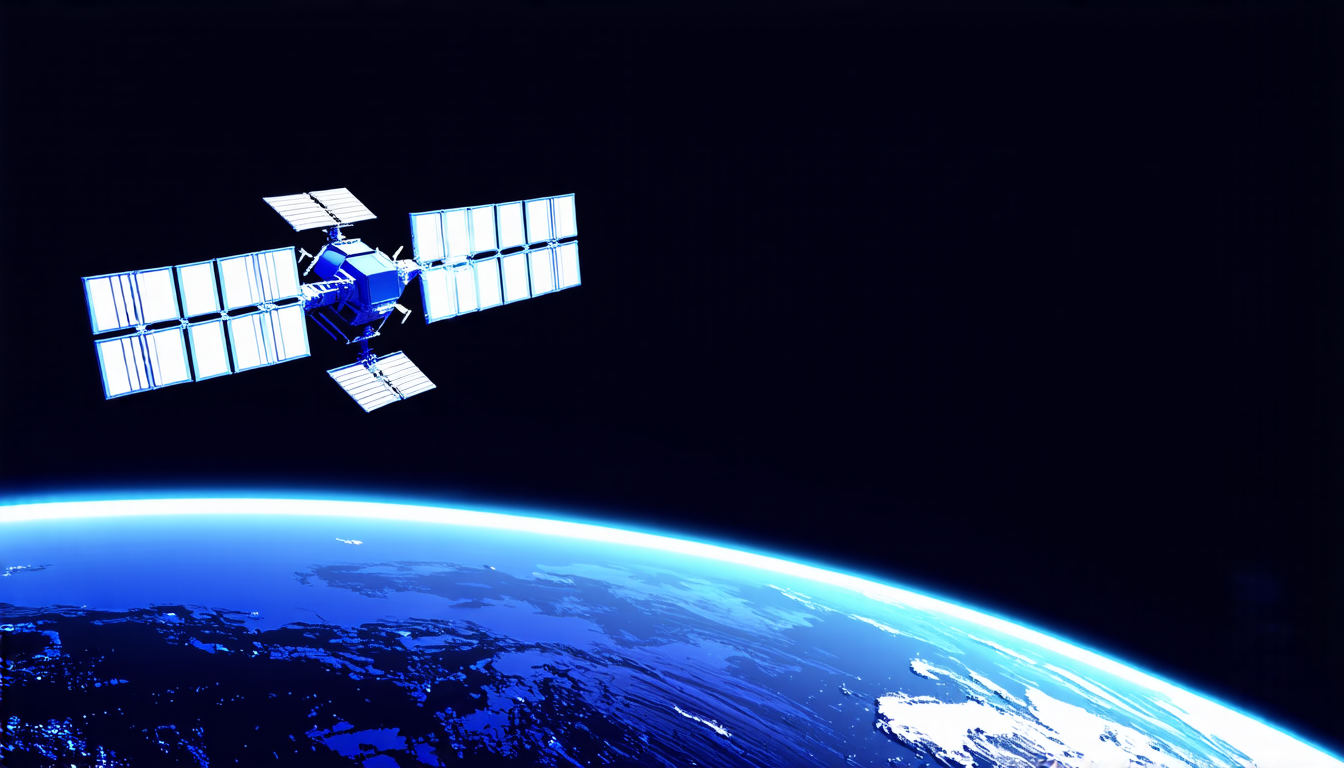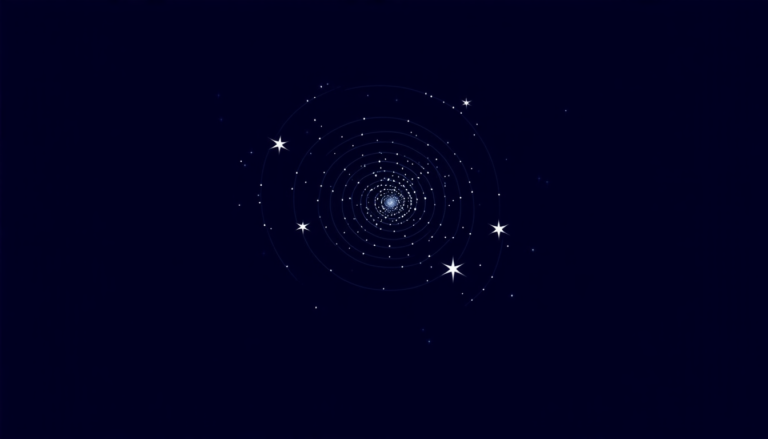Tuesday 08 April 2025
Scientists have long been fascinated by the mysteries of gravity, and a new study sheds light on one of the most elusive aspects of this fundamental force: frame-dragging.
Frame-dragging is a phenomenon predicted by Einstein’s theory of general relativity, which suggests that rotating bodies warp not only space but also time around them. The concept may seem abstract, but it has significant implications for our understanding of the universe.
The study in question focuses on the LAGEOS and LARES satellites, two artificial objects orbiting the Earth that are designed to test the effects of frame-dragging. By analyzing the subtle changes in their orbits, scientists hope to gain insight into this phenomenon.
One challenge in measuring frame-dragging is that it’s an extremely small effect. To put it into perspective, the gravitational force between two objects decreases with distance as the square of the distance. Frame-dragging, on the other hand, only affects the orbit of a satellite by about 1/100th of a degree over a period of several years.
To overcome this difficulty, researchers have developed sophisticated models that account for various factors influencing the satellites’ orbits, such as the Earth’s slightly ellipsoidal shape and the gravitational pull of other planets. By comparing these predictions with actual data collected from the satellites, scientists can isolate the effect of frame-dragging.
The results are intriguing. According to the study, the LAGEOS and LARES satellites have been affected by frame-dragging in a way that matches theoretical expectations. This finding not only confirms Einstein’s theory but also provides a new tool for testing its validity.
So what does this mean for our understanding of gravity? Frame-dragging is just one aspect of a broader phenomenon known as gravitomagnetism, which describes the interplay between gravitational and magnetic forces. By studying frame-dragging in more detail, scientists hope to gain a deeper understanding of these forces and how they shape our universe.
The implications are far-reaching. For instance, the detection of frame-dragging could potentially aid in the search for dark matter and dark energy, mysterious entities thought to make up a significant portion of the universe’s mass-energy budget. Additionally, a better grasp of gravitomagnetism could inform the design of future spacecraft and satellites, allowing them to navigate more accurately through the gravitational landscape.
As scientists continue to refine their measurements and models, we can expect even more exciting discoveries in this field.
Cite this article: “Gravitomagnetic Grasp: The Quest to Measure General Relativitys Hidden Force”, The Science Archive, 2025.
Gravity, Frame-Dragging, General Relativity, Lageos, Lares, Satellites, Einstein, Gravitomagnetism, Dark Matter, Dark Energy
Reference: Lorenzo Iorio, “Will LAGEOS and LARES 2 succeed in accurately measuring frame-dragging?” (2025).







